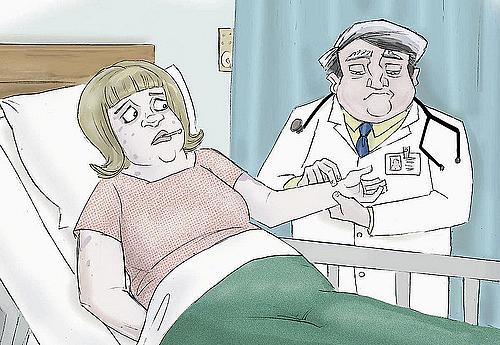A Closer Look at Medical Home Model Costs

A recent study in the Journal of the American Medical Association found that primary care medical homes may actually increase operating costs, instead of producing the cost savings touted by their proponents. This study, I think, is a cautionary tale as health reform moves ahead.
The report authors looked at a sampling of 669 federally funded health centers nationwide in 2009. They assessed the organizations on a scale of 0 to 100 (with zero having the fewest aspects of a primary care medical home and 100 having the most) and its relationship to their costs. What they found was that a 10-point higher score was associated with a 4 percent higher operating cost per patient per month.
Robert Nocon, one of the study authors and a senior health services researcher at the University of Chicago’s Department of Medicine, said there have been some good studies showing that medical homes improve care and reduce costs. He contends that they may do this in an “advanced, well-supported, integrated delivery system like Geisinger.”
Geisinger is a nonprofit health system that is financially integrated – the doctors, hospital and health plans are all part of one company. Savings for one is savings for all. But most providers don’t operate in this kind of environment and don’t see the savings.
“There is an upfront cost of improving primary care and a downstream benefit of reducing hospital costs,” he said.
This savings disparity is borne out in a pilot program by Group Health Cooperative in Seattle. They found that doctors were able to spend more time with patients, but the primary care program created a need for 44 percent more physician assistants, 18 percent more medical assistants, 17 percent more registered nurses and 15 percent more primary care doctors.
The organization invested $16 more per patient per year just to augment its staff. The program was “cost neutral” in the first year, but mainly due to reduced visits to the emergency room, which saved $54 per patient over the year. Here, primary care saw little of the cost savings.
Even the case that became the “poster child” for medical home savings has been questioned. Community Care of North Carolina commissioned a report in 2011 to see what implementing care management across its system saved in Medicaid spending over four years – their estimate was nearly $1 billion in reduced spending.
While the CCNC report authors noted that “there are significant sources of uncertainty in this type of analysis,” their results were heavily reported on and touted as an example for the nation. Those results were questioned by a few experts, including Al Lewis, author of the book, Why Nobody Believes in Numbers.
Lewis said the numbers in the report commissioned by CCNC were highly skewed and that there is likely no magic bullet that can make “a dramatic improvement in health status across a wide population.” In a blog posting, he said three different reports commissioned by CCNC to figure out cost savings contradict publicly reported numbers Lewis found in the Healthcare Utilization and Quality Project.
“If there is a lesson in this for health care reporting, it’s that health care reporters do not do plausibility checks, they basically report,” he said. “They don’t say, ‘Could this possibly be the case?’ These results were unachievable.”
He said it’s a good idea to apply the 80-20 rule to the situation. In health care, it is thought that 20 percent of the people account for 80 percent of the cost – a lot of spending goes toward treating people with chronic diseases. He reminds journalists to question the plausibility of whether enabling some people to see a primary care doctor more could create hundreds of millions in savings.
“As far as I can tell, for every one time you go in and someone says you are about to have a heart attack and prevents it, there are a 100 times someone goes in where a problem would have self-resolved, a doctor can’t figure out what it is or they can’t treat it,” he said. “As a reporter, you just can’t jump to the assumption that seeing a doctor more will reduce costs down the road.”
Questions to consider when reporting on this topic include:
- Where does the money flow with medical homes? Who is spending to create the programs and who benefits from the savings?
- Do they work as well when they aren’t part of a totally integrated system?
- Who performed the study and where did they get the numbers?
- How will any scale up of the medical home model work as the U.S. faces a shortage of primary care doctors?
Image by Center for Computer-Assisted Legal Instruction via Flickr
